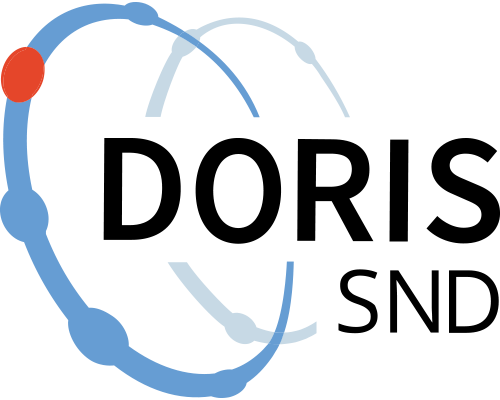Data for: Ecological comparison of native (Apis mellifera mellifera) and hybrid (Buckfast) honeybee drones in southwestern Sweden indicates local adaptation.
https://doi.org/10.5878/dkn3-cx19
Honeybee drones’ only known task is to mate with a virgin queen. Apart from their mating behaviour, their ecology has been little studied in comparison to honeybee females. Most previous knowledge is based on direct observations at a single experimental hive and gathered during a restricted amount of time. No study has focused on differences between Apis mellifera subspecies. This study presents drone and worker bee lifetime data of Apis mellifera mellifera and Apis mellifera x (hybrid Buckfast) colonies during the whole spring and summer mating season, using the Radio Frequency Identification Technology. This method enables continuous monitoring of tagged bees at the entrance of the hives together with the individuals’ movement direction. Differences were found between Apis m. mellifera and Buckfast drones, where Apis m. mellifera showed later drone production in spring, but earlier first activities and a later peak activity. Additionally, Apis m. mellifera flew more under high light intensities and windy conditions and performed more longer flights than Buckfast drones. No differences were found in their lifespan. However, drones in general showed higher activity the higher the temperature and avoided flights in the rain.
The results confirmed that spring-born drones survive longer than summer-born drones and lived generally longer than worker bees. Drones peak activity occurred in the afternoon while worker bees showed similar activities throughout the day. Worker bees, unlike drones, did fly in the rain. Normally, orientation flights of drones are described to occur between 4 - 8 days of age, but such flights were observed earlier in this study. In summer, frequent mating flights were practiced before drones reach sexual maturity (at 12 days of age). The observed differences in drone ecology support possible local adaptation of the native subspecies Apis m. mellifera to the environmental conditions in Sweden.
Data files
Data files
Documentation files
Documentation files
Citation and access
Citation and access
Data access level:
Creator/Principal investigator(s):
Research principal:
Principal's reference number:
- FP 2018/21
Data contains personal data:
Yes
Type of personal data:
Biological information collected on private land
Citation:
Language:
Method and outcome
Method and outcome
Data collection - Experiment
Data collection - Experiment
Geographic coverage
Geographic coverage
Administrative information
Administrative information
Topic and keywords
Topic and keywords
Relations
Relations
Publications
Publications
Metadata
Metadata
Version 1

University of Skövde